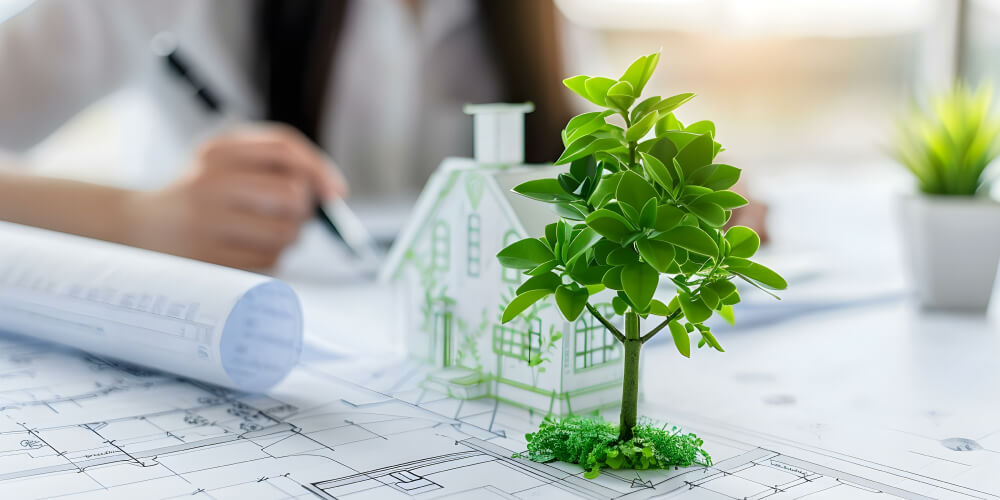1. Planning and Assessing Materials
Conduct an Inventory:
- Existing Materials: Before starting your project, take inventory of materials you already have. This includes wood, metal, bricks, tiles, fixtures, and more.
- Condition Assessment: Evaluate the condition of these materials to determine if they can be reused or repurposed. Clean, repair, or refurbish items as needed.
Design with Reuse in Mind:
- Flexible Design: Incorporate flexibility in your design to accommodate reclaimed materials. This might involve adjusting measurements or aesthetics to fit available resources.
- Creative Solutions: Think creatively about how materials can be repurposed. For example, old doors can become tables, and reclaimed wood can be used for flooring or wall panels.
2. Sourcing Reclaimed Materials
Salvage Yards and Reclamation Centers:
- Local Resources: Visit local salvage yards and reclamation centers to find a variety of reclaimed materials, often at a fraction of the cost of new materials.
- Unique Finds: These places are treasure troves for unique and vintage items that can add character and charm to your home.
Online Marketplaces:
- Buy and Sell: Platforms like Craigslist, Facebook Marketplace, and eBay are excellent for finding used building materials and fixtures.
- Free Resources: Check out websites like Freecycle or community bulletin boards for free materials that people are giving away.
Donations and Exchanges:
- Community Programs: Participate in community programs or exchanges where you can donate materials you don’t need and acquire those you do.
- Habitat for Humanity ReStores: These stores accept donations of used building materials and sell them at affordable prices, supporting a great cause.
Join HICP Homeowner’s Alliance
Connect with experts, get special discounts and enjoy member benefits
3. Recycling Building Materials
Wood and Lumber:
- Reclaimed Wood: Use reclaimed wood for flooring, wall paneling, or custom furniture. Sand and refinish it to restore its beauty.
- Wood Chips and Mulch: Smaller wood scraps can be chipped and used as mulch in landscaping projects.
Metal:
- Scrap Metal: Recycle metal scraps at local recycling centers. Metals like steel, aluminum, and copper can be melted down and reused.
- Decorative Elements: Use metal for decorative elements such as railings, fixtures, or accent pieces in your home.
Bricks and Concrete:
- Reuse Bricks: Clean and reuse old bricks for new construction projects, garden pathways, or as decorative elements.
- Crushed Concrete: Crush old concrete to use as a base for new driveways, walkways, or as aggregate in new concrete.
Glass and Windows:
- Repurpose Windows: Old windows can be used as decorative room dividers, picture frames, or in greenhouse projects.
- Recycle Glass: Take broken or unusable glass to recycling centers where it can be processed and reused in new products.
Tiles and Stone:
- Reuse Tiles: Salvage and reuse tiles for new tiling projects, mosaics, or as decorative elements.
- Crushed Stone: Crush old stone for use in landscaping or as aggregate in new stone projects.
4. Repurposing Fixtures and Furniture
Doors and Windows:
- Creative Uses: Repurpose old doors as headboards, tables, or shelving units. Use windows as picture frames or cabinet doors.
- Functional Design: Incorporate doors and windows into new spaces, such as using an old door as a sliding barn door.
Cabinets and Shelving:
- Refurbish Cabinets: Refinish and repaint old cabinets for a fresh look. Use them in kitchens, bathrooms, or as storage units in other rooms.
- Custom Shelving: Use reclaimed wood or metal to create custom shelving units that add character to your home.
Plumbing Fixtures:
- Vintage Appeal: Clean and refurbish vintage plumbing fixtures like sinks, bathtubs, and faucets to add a unique touch to your home.
- Creative Repurposing: Use old fixtures in unconventional ways, such as a vintage sink turned into a garden planter.
5. Environmentally Friendly Disposal
Recycling Programs:
- Local Facilities: Utilize local recycling programs to dispose of materials that cannot be reused. Ensure materials are properly sorted and clean.
- E-Waste: Recycle old electronics and appliances through designated e-waste recycling programs to prevent harmful chemicals from entering the environment.
Donations:
- Charitable Organizations: Donate usable materials and fixtures to charitable organizations like Habitat for Humanity, local shelters, or community centers.
- Community Projects: Contribute materials to community projects or schools, where they can be repurposed for educational or communal use.
6. Sustainable Construction Practices
Deconstruction Instead of Demolition:
- Careful Removal: Opt for deconstruction methods instead of demolition to salvage as many materials as possible. This involves carefully dismantling structures to preserve reusable components.
- Professional Services: Hire professionals who specialize in deconstruction to maximize the recovery of materials.
Minimal Waste Construction:
- Efficient Use of Materials: Plan your project to use materials efficiently, reducing off-cuts and waste. Measure accurately and cut precisely.
- On-Site Sorting: Set up designated areas on-site for sorting materials into categories like wood, metal, and recyclable waste to streamline recycling efforts.
Recycling and reusing materials in home improvement projects not only reduces waste and conserves resources but also adds unique character to your home. By planning carefully, sourcing reclaimed materials, and adopting sustainable construction practices, you can create beautiful, functional spaces while making a positive impact on the environment. Embrace these strategies to make your home improvement projects greener and more sustainable.




















